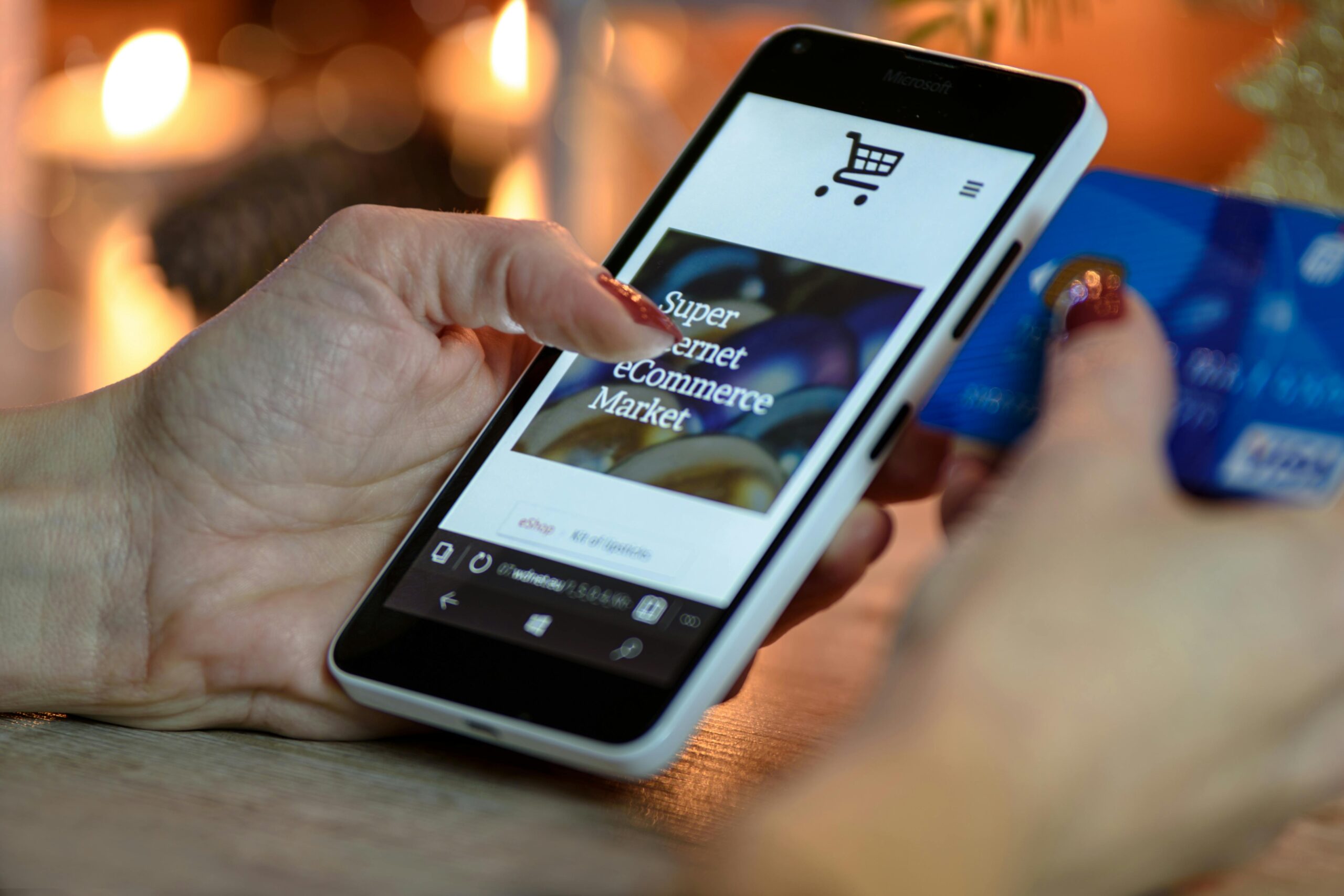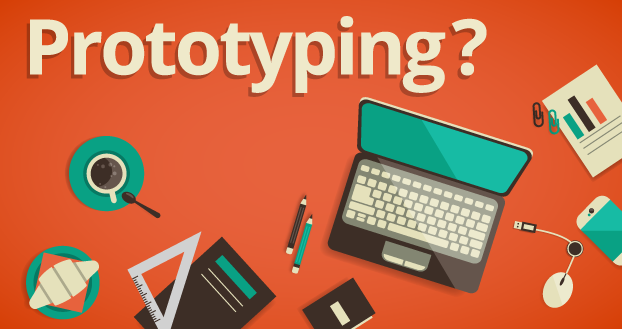Determining the Right Sample Size for Experience Design Evaluation
Finding the right sample size is a tradeoff between the number of participants in the study and the ability to detect problems. The larger the sample size, the more problems that get uncovered. There is however a diminishing return as fewer new problems get uncovered with each additional user. And not all problems uniformly affect … Read more







